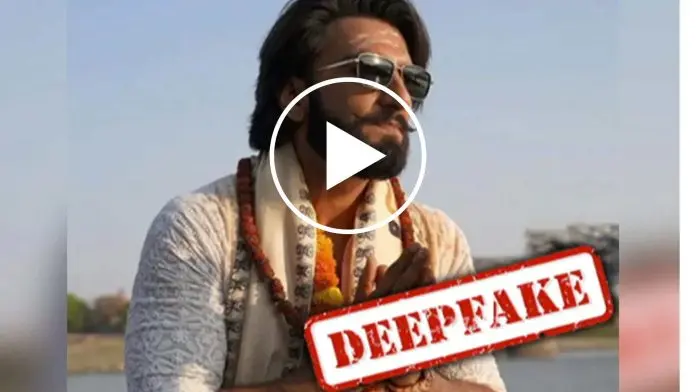In the age of digital manipulation, a new threat has emerged: deepfakes. These hyper-realistic, AI-generated videos can seamlessly stitch a person’s face and voice onto another body, creating entirely fabricated scenarios. Recently, Bollywood actor Ranveer Singh found himself at the center of a deepfake controversy.
The Dangers of Deepfakes
The contentious video depicted Singh allegedly criticizing the Prime Minister and endorsing a political party. This fabricated content, spread on social media, posed a serious threat to Singh’s reputation and potentially influenced voters. The incident highlights the dangers of deepfakes, which can be used to spread misinformation and manipulate public opinion.
Deepfake se bacho dostonnnn 💀
— Ranveer Singh (@RanveerOfficial) April 19, 2024
Unraveling the Deepfake Dilemma
The deepfake video of Singh wasn’t the first of its kind. Actor Aamir Khan also faced a similar situation where his likeness was misused for political purposes. These incidents raise concerns about the potential impact of deepfakes on sensitive events like elections.
Pursuing Justice
Refusing to stay silent, Singh took legal action against the creators of the deepfake. His team filed a First Information Report (FIR), triggering a formal investigation. This sends a strong message that such manipulations won’t be tolerated.
Previous Incidents and Patterns
The recurring use of deepfakes targeting celebrities and politicians is a global phenomenon. From the USA to Pakistan and Indonesia, deepfakes are increasingly being weaponized in political campaigns.
The Election Influence of Deepfakes
The deepfake targeting Singh underscores the potential influence this technology can have on the upcoming Lok Sabha elections. It’s crucial to stay informed and critically evaluate information shared online, especially during elections.
For a deeper understanding of deepfakes and how they work, refer to the Wikipedia article on deepfakes: https://en.wikipedia.org/wiki/Deepfake.




